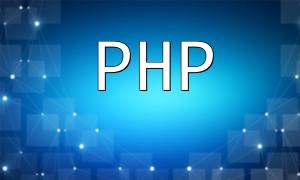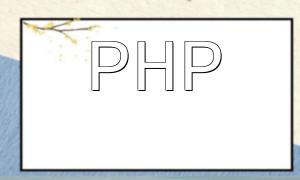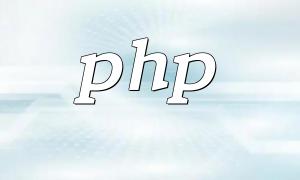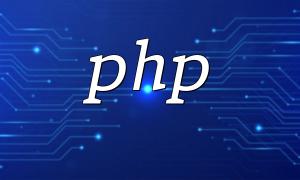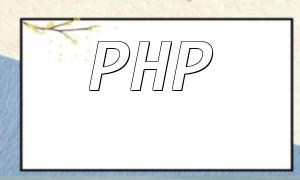PHP8, the latest major release of the PHP language, offers significant improvements in performance and security, providing a more modern development experience. Among web development patterns, MVC (Model-View-Controller) is widely adopted for its ability to separate logic, interface, and control flow for better code organization and maintainability.
The Model handles data and business logic, the View manages user interface display, and the Controller links user actions with backend processes. Using PHP8 to develop MVC-based applications can streamline project structure and efficiency, but developers may also encounter several common challenges.
While most PHP frameworks come with built-in error handling, unexpected situations during development often require custom handling. It's recommended to implement a custom error handler using PHP's set_error_handler() to capture and manage issues more efficiently.
set_error_handler(function($errno, $errstr, $errfile, $errline) {
error_log("[Error] $errstr in $errfile on line $errline");
// Custom error response logic
});In an MVC framework, routing maps user requests to specific controllers and actions. Misconfigured routing can lead to 404 errors or malfunctioning features. Solutions include:
Database connection failures often stem from misconfiguration or service issues. To resolve:
$dsn = "mysql:host=localhost;dbname=test;charset=utf8";
try {
$pdo = new PDO($dsn, 'username', 'password');
} catch (PDOException $e) {
echo 'Database connection failed: ' . $e->getMessage();
}If view files are missing or misnamed, pages may not render correctly. Recommendations include:
Although modern PHP frameworks include basic security features, additional measures are essential. Best practices include:
// Preventing SQL Injection Example
$stmt = $pdo->prepare("SELECT * FROM users WHERE email = :email");
$stmt->execute(['email' => $email]);PHP8 framework-based MVC development involves attention to detail in multiple areas. From error handling and routing to database access, view rendering, and security, every part plays a role in overall application stability. By applying the techniques discussed, developers can build more robust and secure web applications.
Ongoing learning, real-world practice, and keeping up with PHP developments are key to remaining competitive as a developer. Hopefully, these insights provide practical help in your PHP8 framework development journey.


